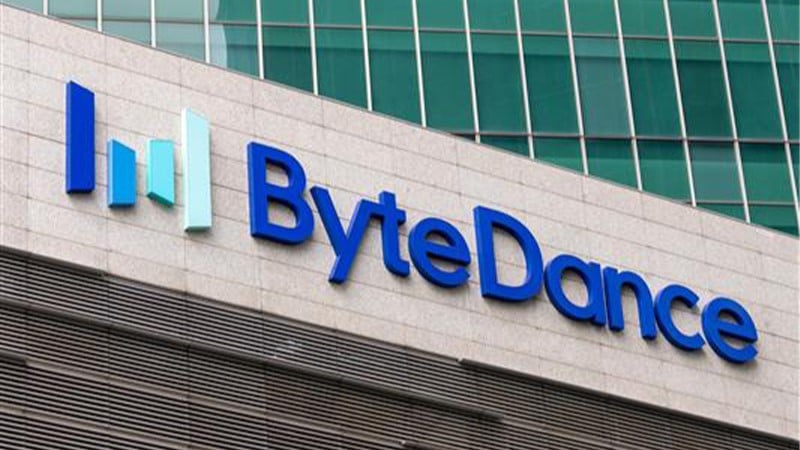ByteDance
Content powered by artificial intelligence.

What does it do?
ByteDance makes it more easy and fun to create and consume content. Its products include short form video platform TikTok, TikTok’s Chinese counterpart Douyin and Douyin Ecommerce, virtual reality company Pico, and gaming arena Mobile Legends: Bang Bang. Expansion in ecommerce alongside entertainment success could be very valuable.
Why do we invest?
ByteDance is redefining people’s relationship with content. Attention is taken from TVs, magazines, and screens in bus stops, to tailored content on our phones.
ByteDance is a global technology company known for popular social media platforms, with TikTok/Douyin being its most famous. Founded in 2012, it has rapidly grown to be a significant player in the digital content and entertainment industry. ByteDance has expanded into news aggregation, gaming, and education.
ByteDance’s competitive advantage is using artificial intelligence to change how content is distributed. Its algorithm learns the types of things a user enjoys and automatically personalises their feeds. This drastically increases engagement. Unlike other social media platforms, ByteDance enjoys considerable success both within China and internationally with TikTok. This unusually broad base offers the potential for upside and mitigation of geopolitical risk.
In growing, ByteDance has shown an ability to evolve with users’ tastes and create new apps that scale rapidly. ByteDance monetises its applications through advertising. It has the potential to shape the size of its market by allowing advertisers to reach more customers with precision.
ByteDance has sometimes been celebrated as an ‘app factory’ with an ability to churn out applications and monetise them. Its opportunity now is to unleash greater creativity through its platform.
Who is key?
In 2012, 29-year-old Yiming Zhang founded ByteDance with the view that machine learning would revolutionise how people encounter information. Zhang has also helped create a unique corporate culture at ByteDance with an ‘always day one’ mantra; “Always maintain an entrepreneurial mindset; keep pioneering and innovating instead of relying on past achievements”.
When
Founded in: 2012
Invested in: 2019
Where
Headquartered: China
Listing status
Private
Important information
The company showcased on this page is part of a diversified portfolio. The commentary should not be taken as advice on an individual stock.




